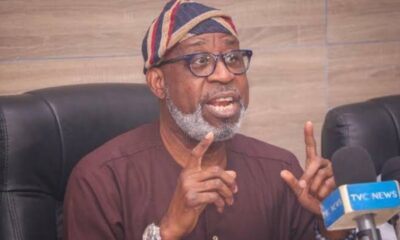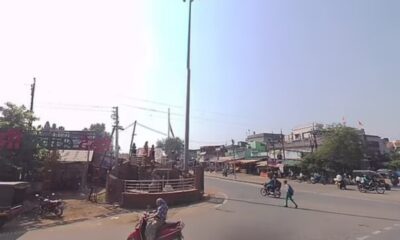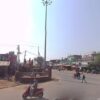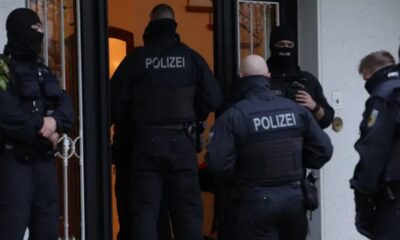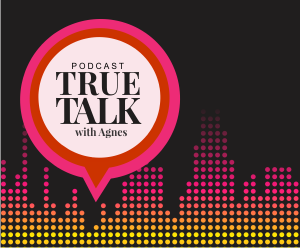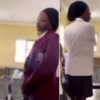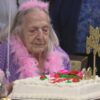“There are no limits to what you can accomplish, except the limits you place on your thinking.” – *Brian Tracy*
A talented 17-year-old science expert from a working-class town near Mexico City, was inspired by her sister to develop an app to help deaf and hard of hearing Mexicans communicate more easily.
Estrella Salazar, whose academic prowess allowed her to graduate from high school three years earlier, said that, after witnessing the discrimination against Perla, she asked herself: “What am I doing to help my sister?”
Salazar’s older sister, Perla, was born with a rare disorder that affects mobility and hearing, called MERRF syndrome. The 25-year-old had about a dozen surgeries followed by years of physical therapy, and a sign language school told her she wouldn’t be able to learn to sign because of her condition.
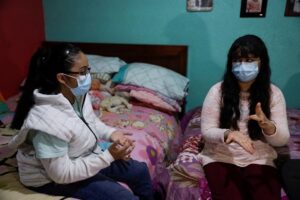
Last year, Salazar began developing an application to connect Mexican Sign Language (MSL) speakers to listening users – allowing people to transfer from sign language to text or voice, and vice versa.
According to the Statistics Agency of Mexico, an estimated 4.6 million Mexicans are deaf or hard of hearing. There is a chronic shortage of certified MSL interpreters, although many Mexicans act as informal interpreters for deaf or hard-of-hearing family members.
Estrella built a community of about 90 participants — including native speakers and interpreters — to develop the app called Hands with Voice, which it hopes to launch this year. In recent months, the family has begun to learn the signs as Perla’s mobility has improved.
“I am proud of my sister,” Perla said. “And I like to find a community along the way.”
In addition to working in app development and university studies in biotechnology engineering, Salazar gives science classes near her home in Nezahualcoyotl, 5 km (3 mi) northeast of Mexico City.
“I think the time has come to change the way people think,” Salazar told Reuters: “To be able to create a culture where in the future, there will be lots of children working on scientific and technological projects.”
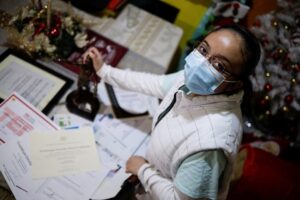
Salazar’s mother, Leticia Calderon, said she would take a young Estrella to her sister’s healing session and saw how quickly she caught on. To practice Perla’s speech, Calderon would ask her daughter questions about what she was learning in school.
“I’ll put (Estrella) on the high chair, and from there she’ll tell her sister the answers to her test,” Calderon said.
He said that Salazar’s appetite for learning exceeded what the teachers of Nezahualcoyotl could offer. By the time she was 15, Salazar had passed her high school exams and was eager to start applying her knowledge.
Salazar was one of 60 young people chosen to attend the International Air and Space Program, a five-day camp this spring run by a NASA contractor in Huntsville, Alabama, home to the Marshall Space Flight Center.
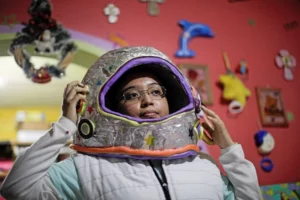
To cover the cost of the $3,500 camp, Salazar launched a crowd-funding campaign on her Instagram account, with weeks left to reach her goal, she says she’s 75% there.
Now, Salazar said, she is looking into a university in the United States that would allow her to continue her investigation on the neurological effects of COVID-19, both during active infection and after the illness.
“I know young people, kids, who have a way of thinking that says: ‘It doesn’t matter where I come from, it matters what I’m going to do,’” Salazar he said.
“I’m really proud to be here from Nezahualcoyotl and to see kids give their all to help them learn and make what they want to do.”




